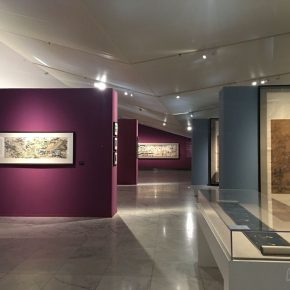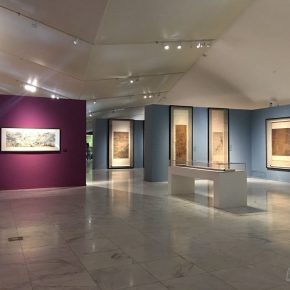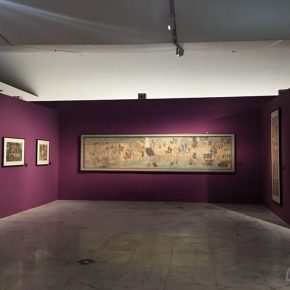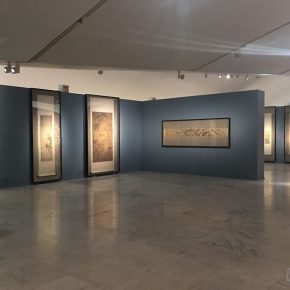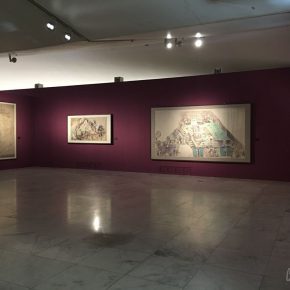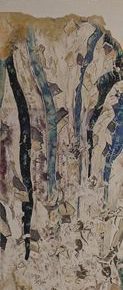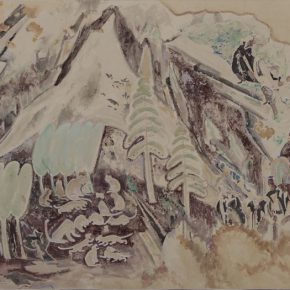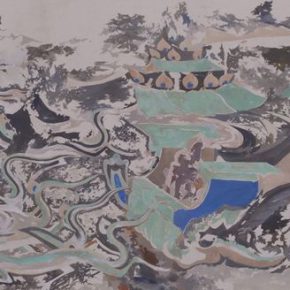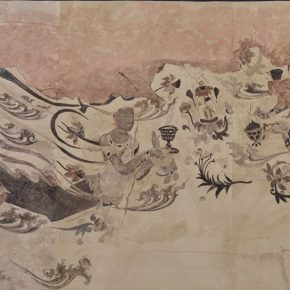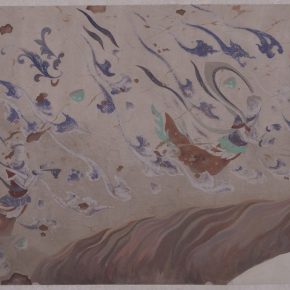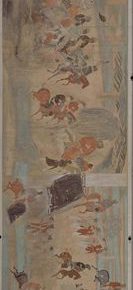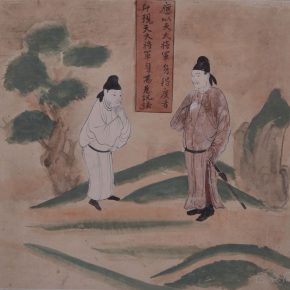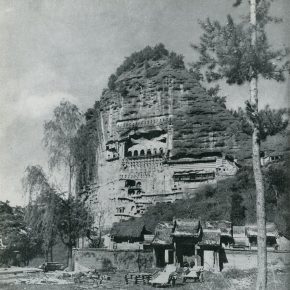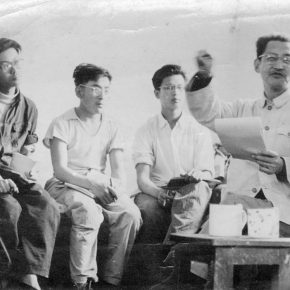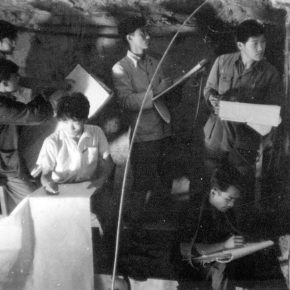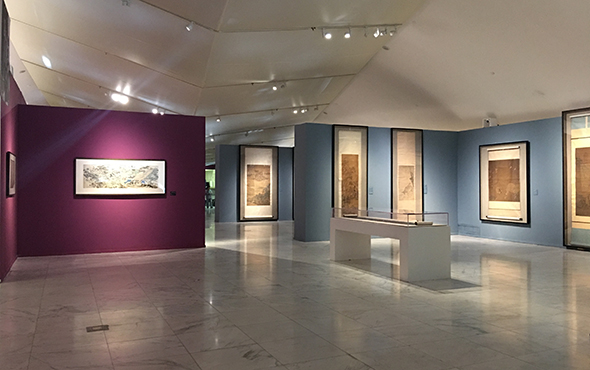
The second round of “The Dimension of Tradition – Copying and the Collection for the National Traditional Painting by CAFA in the 1950s and 1960s” is an updated collection following the first exhibition of the same title which was launched by the Collection Department of CAFA Art Museum 18 months ago.
From December 2015 to May 2016, the Collection Department of CAFA Art Museum has been based on the school history and collections, offering an in-depth excavation and presentation of ideas of aesthetic logic and value, what has been planned and implemented is the exhibition entitled “The Dimension of Tradition – Copying and the Collection for the National Traditional Painting by CAFA in the 1950s and 1960s”, and it was commended as an “outstanding exhibition” by the National Exhibition Season of the Brilliant Collection from the Art Museum in China organized by the Ministry of Culture, which was the fourth award-winning exhibition that the Collection Department of CAFA Art Museum has finished which applies to the collections of the museum to create a discussion on the history and teaching of the National Beiping Art School and CAFA.
In the exhibition preface for the first phase, it reads that the present literary and art circles both use their own ways to express where they come from, who they are, what they should be anxious about and the thought processes how they recognize tradition and its value and fate, how they know the experience, success and failure of the road they have trod, they have become the current indispensable coordinate axis for thinking on related problems. Through the collation and analysis of the collections of CAFA Art Museum, we can see that in the political dimension-oriented context with the policies of “Art serves both the people and socialism” and “Let a hundred flowers bloom and a hundred schools contend” in the 1950s and 1960s, the selection of traditional art objects also revealed the requirements and characteristics of the era. Compared to the National Beiping Art School in the Republic of China, CAFA touched the traditional objects which were different from the past. In the past, the students of the National Beiping Art School studied the folk art traditions mainly based on the traditional literati paintings, they copied the scrolls drawn by their teachers or the older generation, while the emerging CAFA students made efforts to dock the national art traditions from two aspects in the 1950s and 1960s: firstly, “going out”, namely the teachers and students of the academy positively travelled out of the campus and entered the caves, palaces, temples and tombs, copying the mural paintings finished by ancient artisans, these works are “the artistic and spiritual wealth created by working people”. CAFA started to implement this in 1953, and it then gradually became the main teaching content for the practice of various disciplines including Chinese painting, oil painting, printmaking, sculpture, history of art, the mural paintings copied by the teachers and students that are maintained by CAFA Art Museum, and became evidence for the teaching that was “going out” to touch traditional aspects in the 1950s and 1960s.
It is striking that when they were “going out”, CAFA had the foresight and good taste to get in more than 300 scroll paintings created in the Song, Yuan, Ming and Qing Dynasties from the galleries and market of Beijing, in the late 1950s and early 1960s with a lower political pressure, this is the part that is entitled “coming in”. It is believed that with the improvement of the space and teaching conditions of the art museum, with the consensus of concrete planning and implementation, these collections will be applied to the research and teaching with a systematical protection, rather than be placed on the shelf at?the warehouse, debuting only for only one show.
“Going out” and “coming in” were the main ways for CAFA to keep in touch with traditional ways of painting in the 1950s and 1960s, and remained a valuable artistic heritage for the development of CAFA, and also established traditional material conditions and the premise of both concerning literati and artisans.
In addition to the continuation of the existing display of “going out” and “coming in” from the first phase, in the second phase all the displayed collections of the first one are replaced. It features a total of more than 30 pieces. Among them, copies of “going out” mural paintings section has a selection of more than 10 copies of mural paintings of Maiji Mountain and Dunhuang finished by Dong Xiwen, Ye Jianyu, Deng Bai, Wu Zuoren, Liu Lingcang, Lu Hongnian and other teachers in 1953 and 1954, and many of them are copies of famous mural paintings. The “Coming in” ancient scroll paintings section is not centered on well-known artists, but focuses on the artistic characteristics and value of the collections themselves, the selection features more than 10 original scrolls of landscapes, flowers and characters by the well-known or little known painters of the Ming and Qing dynasties, as well as a fake piece of the well-known painter, which is of artistic value, which can be used as reference for information. Three quarters of these scrolls were purchased from Baoguzhai and Xidan Salesroom in 1960s, and one quarter should be in our old collection.
It is the first time for the collection system of the CAFA Art Museum to implement two exhibitions with the same title from the scheduling collections, and it is an innovation for researching the history of the collections of CAFA Art Museum, so that, it welcomes the scholars and scholarship candidates for specialized research on the two phases of the collections.
Text by Cao Qinghui (Professor, the School of Humanities, CAFA)
Translated by Chen Peihua and edited by Sue/CAFA ART INFO
Photo courtesy of the organizer
About the Exhibition
Title: “The Dimension of Tradition – Copying and the Collection for the National Traditional Painting by CAFA in the 1950s and 1960s”
Host: CAFA Art Museum
Duration: July 5 – August 27, 2017
Venue: CAFA Art Museum, Gallery 4F
Art Director: Zhang Zikang
Exhibition Planning: Cao Qinghui
Assistant Curator: Li Yaochen
Hours: Tuesday – Sunday, 9: 30-17: 30 (Stop admission into the exhibition at 17:00) closed on Monday




